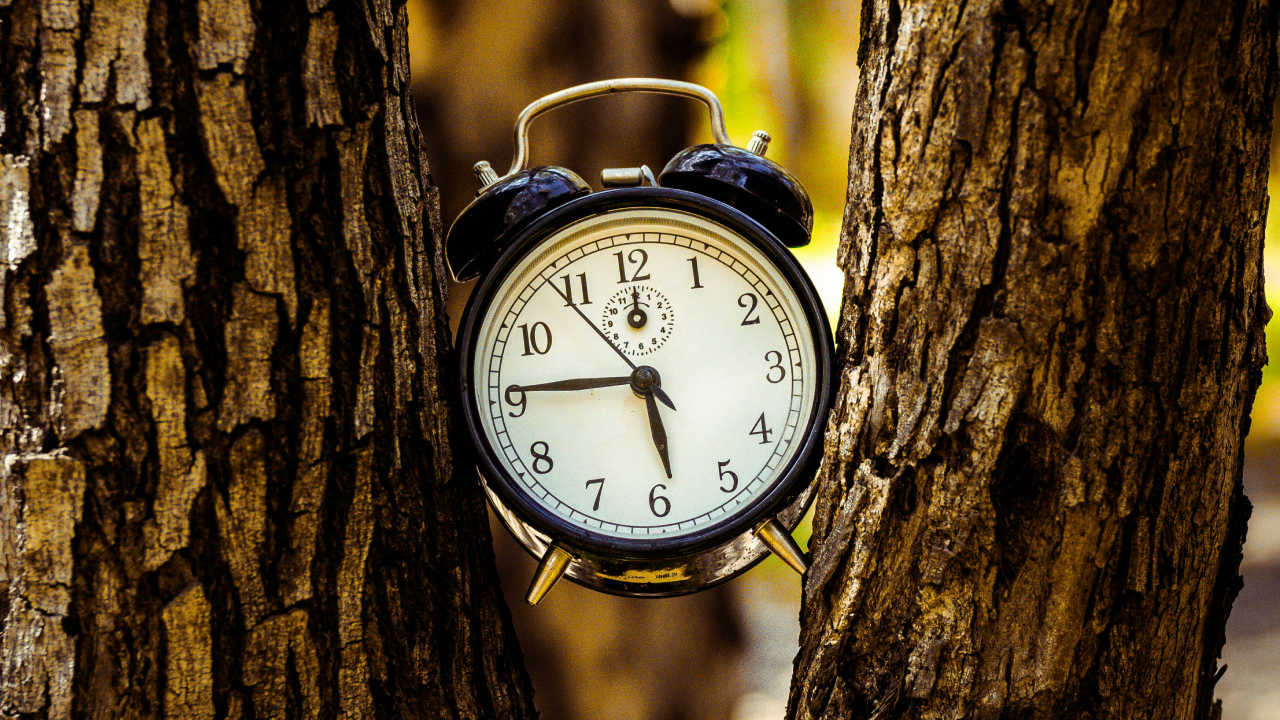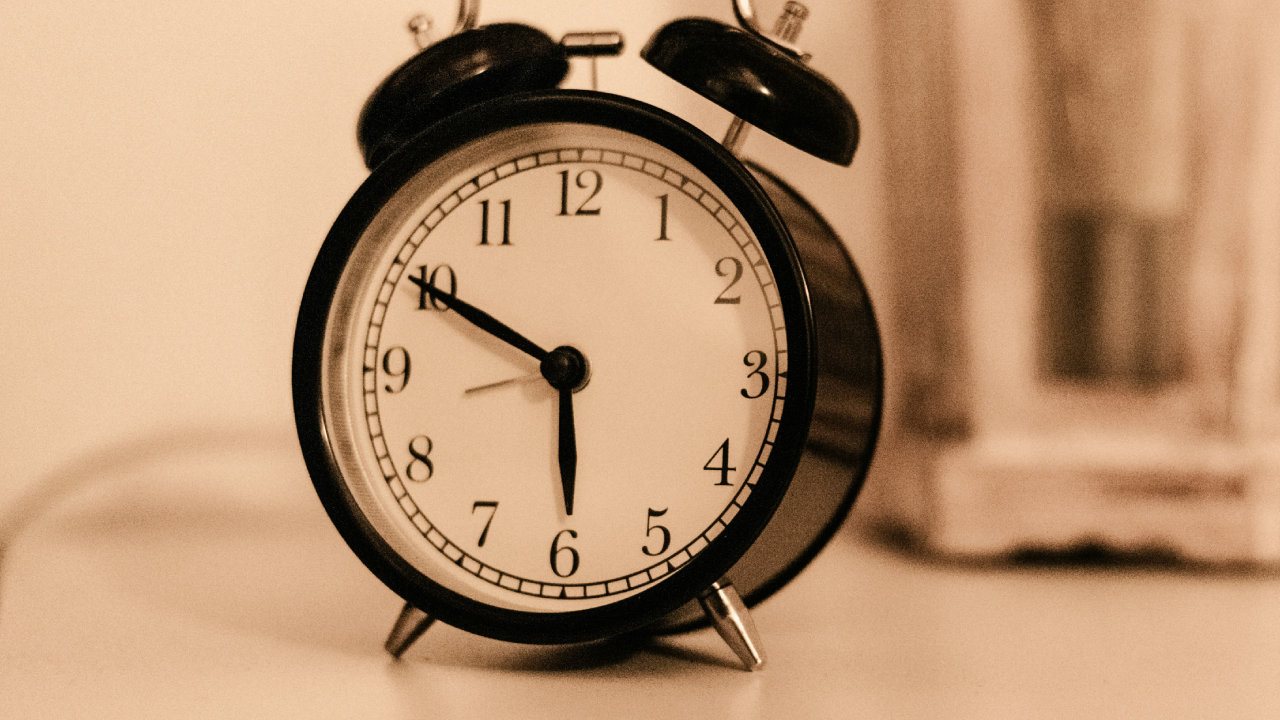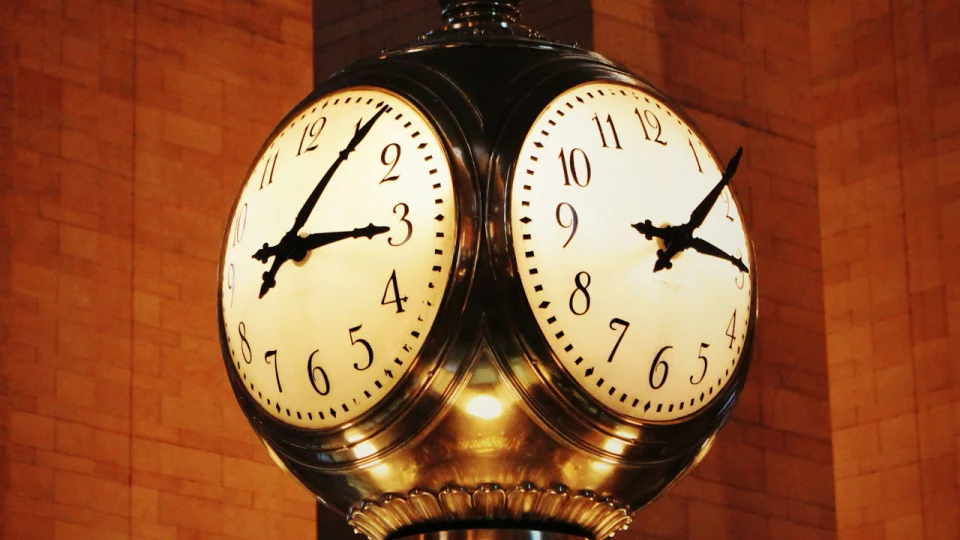The biannual ritual of adjusting the clocks to accommodate daylight saving time (DST) has become an integral part of life for millions across the United States. Whether it’s the joy of gaining an extra hour of sleep in the fall or the frustration of losing one in the spring, daylight saving time impacts daily routines and sleep schedules, and even sparks debate among lawmakers and the public alike.
As we look ahead to 2024, it’s important to understand the intricacies of this time change, why it exists, and what to expect in the coming year.
Table of Contents
When Does Daylight Saving Time Start and End in 2024?
In 2024, daylight saving time will officially end on Sunday, November 3, at 2 a.m. local time. At this point, clocks will “fall back” one hour, returning to standard time. For many, this time change is welcomed as it provides an extra hour of sleep. However, the return to standard time also signals shorter daylight hours in the evenings, which can lead to changes in routines, mood, and energy levels.
Daylight saving time in 2024 began earlier in the year, on Sunday, March 10, when the clocks “sprung forward” at 2 a.m. to give more daylight in the evenings during the warmer months. The shift back to standard time in November means an hour of daylight will be gained in the morning at the expense of evening sunlight, which is especially notable as the days grow shorter in the approach to winter.
Next year, DST will return again on March 9, 2025, marking the continuation of this long-standing tradition, unless legislative changes alter the system in the future.
What Is Daylight Saving Time?

Daylight saving time is the practice of moving clocks forward by one hour during the warmer months to extend evening daylight. This tradition is followed by most of the United States, with the exception of Hawaii, most of Arizona, and several U.S. territories. The primary goal of DST is to make better use of daylight during the spring and summer, allowing people to enjoy more daylight in the evening hours. In the winter, when daylight is scarce, reverting to standard time allows for more light in the mornings, which can be especially useful as people start their day.
The concept of DST has roots dating back to World War I, where it was first implemented as a way to conserve energy. The logic was that by extending daylight hours, people would use less artificial lighting and save fuel. This was revived during World War II, and eventually became a more standardized practice in many countries, including the U.S., under the Uniform Time Act of 1966.
Today, the purpose of DST is less about energy conservation and more about aligning daylight hours with people’s activities. It’s a shift designed to maximize outdoor activities and minimize the need for artificial lighting during evening hours in the spring and summer. However, the annual clock change has become controversial in recent years, with critics arguing that the disruption to sleep patterns and daily routines outweighs the benefits.
Daylight Saving Time on Sleep and Health
One of the most well-known effects of daylight saving time is its impact on sleep patterns. The transition to DST in the spring, when clocks are moved forward an hour, can disrupt circadian rhythms, leading to a phenomenon known as “social jetlag.” This can cause difficulty falling asleep, fatigue, and a general feeling of sluggishness for a few days or even weeks as the body adjusts to the time change. Some studies suggest that the lost hour of sleep can increase the risk of heart attacks and car accidents in the days following the shift to daylight saving time.
In contrast, the end of DST in the fall is typically met with less resistance. When clocks are set back an hour in November, people gain an extra hour of sleep, which can feel like a much-needed reprieve as the days grow shorter and colder. However, this shift also means that it gets darker earlier in the evening, which can contribute to seasonal affective disorder (SAD) and feelings of fatigue and depression for some individuals.
The effects of DST on health extend beyond sleep. There is growing research that suggests the biannual clock changes can disrupt not only sleep patterns but also the body’s overall circadian rhythm, leading to increased risks of certain health conditions. Some experts argue that the negative effects on health, including heightened stress, may outweigh the benefits of daylight saving time, especially for those already prone to sleep disorders or health issues.
Why Some States and Territories Don’t Observe Daylight Saving Time
While the majority of the United States participates in daylight saving time, there are notable exceptions. Hawaii and most of Arizona do not observe the time change. Hawaii, due to its close proximity to the equator, experiences relatively consistent daylight hours throughout the year, making the need for DST unnecessary. Similarly, Arizona, with its scorching desert climate, finds little benefit in extending daylight into the evening during the hot summer months. The exception to Arizona’s non-participation is the Navajo Nation, which follows DST within its borders, encompassing parts of Arizona, Utah, and New Mexico.
In addition to these states, several U.S. territories do not observe daylight saving time, including American Samoa, Guam, the Northern Mariana Islands, Puerto Rico, and the U.S. Virgin Islands. Much like Hawaii, these regions have more consistent daylight patterns throughout the year, making the time change irrelevant.
The Push to End Daylight Saving Time
In recent years, there has been a growing movement to end the practice of changing clocks twice a year. The argument is that the disruption to sleep and daily routines, combined with the health risks associated with the time shift, outweigh the benefits of extra daylight in the evening.
In 2022, the U.S. Senate unanimously passed the Sunshine Protection Act, which proposed making daylight saving time permanent. This means that if the bill had passed through the House of Representatives and been signed into law, Americans would no longer need to change their clocks twice a year. Instead, the time shift that takes place in the spring would remain in effect year-round, essentially making daylight saving time the new standard time.
However, while the bill passed the Senate, it stalled in the House and was never signed into law. As of 2024, the practice of changing clocks in March and November remains in place, though the conversation about ending DST continues. Supporters of making DST permanent argue that the extra evening daylight year-round would lead to more productivity, reduced energy use, and better overall mental health.
Opponents of the change argue that permanent daylight saving time could have unintended consequences, particularly during the winter months. For example, in northern states, making daylight saving time permanent would result in later sunrises, meaning that people might start their days in darkness for much of the winter, which could lead to safety concerns for children going to school and increased energy consumption in the mornings.
What to Expect from the Time Change in 2024

For now, daylight saving time remains in effect for the vast majority of Americans. In 2024, the clocks will be turned back by one hour on Sunday, November 3, giving everyone an extra hour of sleep and transitioning into the winter months with shorter daylight hours in the evening. The next time change will occur on Sunday, March 9, 2025, when clocks will spring forward again, marking the return of longer days and more evening daylight.
As debates about the future of daylight saving time continue, it’s worth considering how this biannual shift affects not just your schedule, but also your overall well-being. The transition may be jarring, but understanding the reasons behind it and how it impacts health and safety can help you better prepare for the upcoming changes in 2024.
How to Prepare for Daylight Saving Time Changes
To ease the transition during the time change, it’s helpful to adjust your routine in advance. In the spring, when the clocks move forward, gradually shifting your bedtime by 15 to 20 minutes in the days leading up to the change can help minimize the impact of losing an hour of sleep. Exposure to natural light in the morning can also help reset your circadian rhythm, making it easier to wake up earlier.
In the fall, while gaining an hour of sleep is generally welcomed, it’s important to be mindful of the earlier sunset times, which can disrupt evening routines and affect mood. Staying active, maintaining a regular sleep schedule, and maximizing exposure to daylight during the day can help combat the effects of shorter daylight hours.
As the 2024 time change approaches, understanding the history and impact of daylight saving time can help you navigate the clock shift with greater ease and awareness.
